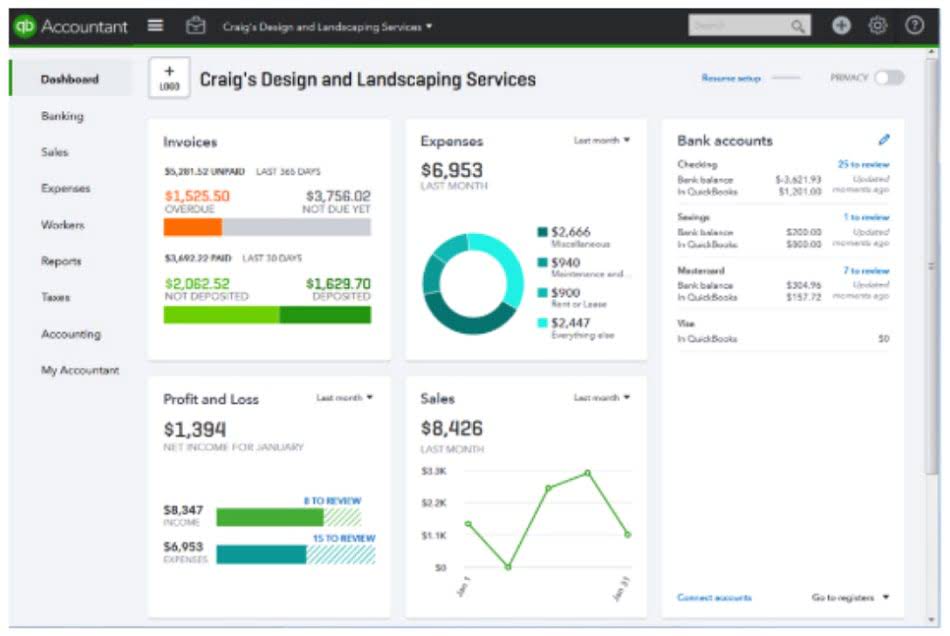
Underpayment might result in penalties, while overpayment means you’re giving away money that could be reinvested in your business. Correct tax coding simplifies tax reporting and makes tax accounting season much less stressful. To create a clear, functional invoice coding system, you need to establish codes that are easy to use, consistent, and fit your requirements.
Who codes invoices?
For example, when coding a contractor’s invoice, you may need to separate taxable labor from tax-exempt materials or flag parts of the bill that qualify for energy efficiency incentives. Apart from medical coding, which follows a highly complex set of standard codes, most companies have unique coding systems that depend on their specific business requirements. There are multiple steps that need to happen before an invoice can be successfully marked as “paid” by an AP team member. And, during a season with a high volume of invoices that need to be paid, the list of items that need to be completed can seem never-ending due to the tedious nature of AP. And when your team is managing a high volume of invoices during a busy season, it’s easy for things to get lost in the shuffle. Many invoice capture solutions can lift and enter this information into your system.

Mobile app
- Companies without automation spend $6.30 per invoice, while automated counterparts pay just $1.45.
- The service was for the sales department and is part of a Q2 promotional campaign.
- Also, include a “common errors” section that flags mistakes people tend to make and offers ways to avoid them.
- Many solutions offer bulk upload options or can automatically capture invoices from designated email addresses.
- AP automation has been essential in improving invoice review, approval, and tracking workflows.
- Autonomous processes can also scale easily, allowing flexibility for business growth and expansion over time, without increasing headcount.
- Business customers could scan the codes to pay those invoices electronically, so neither company had to wait for a paper check to clear.
In a world where data drives success, efficient invoice coding is the key to unlocking your organisation’s financial potential. Whatever solution you choose, you’d be wise to perform your due diligence and verify that it delivers the full capabilities and support you’ll need to make your process and invoice coding automation a success. And as part of your search, we recommend considering our Accounts Receivable Automation platform. With the diverse array of departments and projects within organizations, developing a coding system that’s both comprehensive and consistent across teams https://www.bookstime.com/ is no small feat.
Real-time payment status
Automated workflows come into play, orchestrating the seamless routing of invoices through the approval process. Approvers, equipped with clear account codes and purchase order details, receive notifications to digitally review and approve invoices. This manual coding process, while suitable for smaller organisations, is time-consuming and prone to errors, especially when the AP team processes large volumes of invoices every day. Automation ensures that invoices are coded according to internal financial policies. It prevents unauthorized coding changes, enforces approval hierarchies, and supports better audit compliance with clearly defined workflows. Each invoice must be reviewed and coded manually, often requiring AP staff to look up GL accounts or verify department ownership.
Embracing invoice coding automation isn’t just about keeping up with technology—it’s about transforming your AP department into a strategic asset. By streamlining processes, reducing errors, and freeing up your team’s time, you’re paving the way for better financial decision-making and improved cash flow management. Invoice coding is the process of assigning specific identifiers to each line item on an invoice. These codes, often called General Ledger (GL) codes, categorize expenses for accounting purposes.
By coding each invoice to the right project, you can easily track how much you’re spending on labor, materials, and other costs for each job. This helps you determine whether you’re staying within budget or if you need to adjust your pricing or spending to maintain profitability. Think of it as giving each dollar you spend a clear and specific “address” within your company’s financial system. For instance, you what is invoice coding might assign one code to office supplies, another to travel expenses, and yet another to a specific project or department. Each code adds another layer of information, helping you track expenses down to the last detail. Invoice coding involves assigning a unique set of codes to each line item on the invoice.

- Invoices that are not linked to a purchase order require more manual effort and judgment.
- For example, a multinational manufacturer may use entity codes, regional identifiers, product lines, and compliance markers.
- We’ve even made it easier to account for and accommodate tax requirements from across the globe by leveraging Flywire software to support payments in 140 different currencies.
- Set specific guidelines on when these regional codes are necessary, such as for localised projects or region-specific spending, so your system doesn’t get too cluttered.
- Mid-market systems with customizable workflows and multi-dimensional coding work well for them.
- Stripe Invoicing is a global invoicing software platform built to save you time and get you paid faster.
This delays recording transactions invoice approvals and increases the risk of missed due dates, especially during high-volume periods or month-end peaks. Without standardized coding rules or system-enforced logic, different teams may apply different codes to similar transactions. This lack of consistency complicates spend analysis, undermines reporting accuracy, and makes cross-departmental budgeting more difficult to manage. Manual coding introduces human error, from mistyped GL codes to selecting the wrong cost center or department. These mistakes result in misclassified transactions, which can distort financial reporting, delay month-end close, and trigger rework during audits.
- Part of the accounts payable invoice processing workload is matching invoice data with related purchase orders and, if applicable, receiving reports (for 2-way or 3-way matching).
- Taxes can become complicated quickly, particularly when different products or services are taxed at different rates or when dealing with cross-border transactions.
- This digital automation and visibility will increase the efficiency of your accounting and AP team compared to manual invoice matching and approvals with paper POs and receiving reports.
- This approach replaces time-consuming manual processes with intelligent, system-driven workflows that streamline accounts payable operations.
- As a result, it becomes easier for AP teams to scale operations, support compliance, and improve financial reporting accuracy.
By leveraging advanced artificial intelligence and machine learning, DOKKA can accurately code invoices in seconds, eliminating data entry errors and reducing processing times. Proper coding involves assigning these numbers to each line item on an invoice during the AP process. If your business operates in multiple locations, set up regional codes that capture both location and business unit details. For example, “US-NW-SALES” makes clear that you’re referring to the sales department in the Northwest US region.

How to automate invoice coding in accounts payable
By eliminating tedious manual processes, automation lets you reassign AP employees to higher-value tasks. After coding the invoice, the AP team records the invoice, the PO if present, the assigned GL code, and any notes or communication for future reference and to keep a complete audit trail. See how forward-thinking finance teams are future-proofing their organizations through AP automation. Invoice coding isn’t just about numbers – it’s also about ensuring that the right people are signing off on expenses. Invoice coding isn’t just about neat categorisation; it’s about harnessing the power of data. In fact, according to a recent survey by the Institute of Finance and Management (IOFM), efficient invoice coding can reduce error rates by up to 40%.
